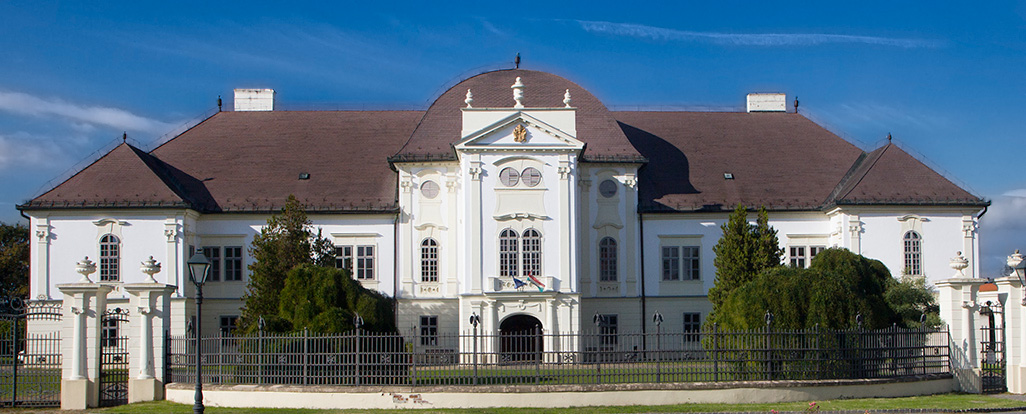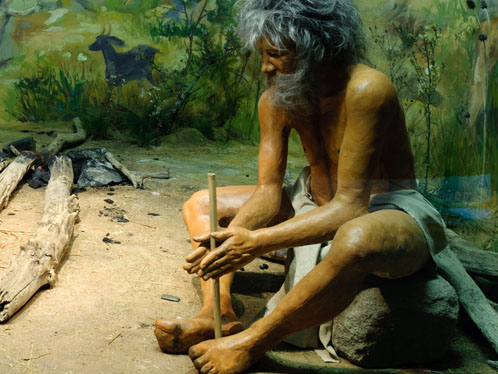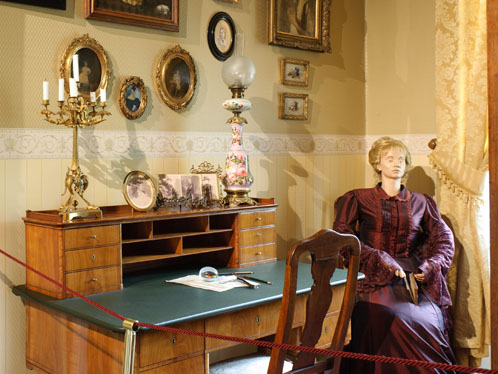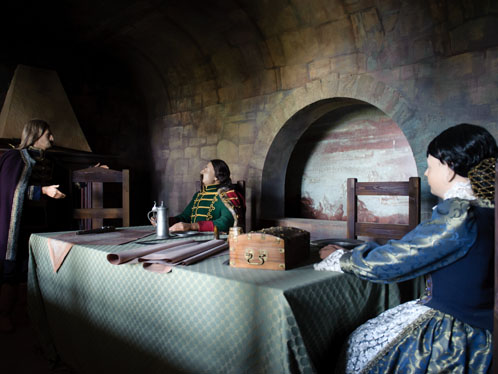Current Exhibitions

Aspects of the Neolithic Period in Nógrád County
In the 9th–8th millennium B.C. in the so-called Fertile Crescent some hunter-gatherer communities succeeded in domesticating certain animal species and cultivating crops. This process, namely the transition to agriculture, is called the 'Neolithic Revolution'. The new subsistence economy increased the carrying capacity of a given area and triggered a population growth.
The present area of Nógrád County is rich in Mediaeval castles and sites of fortifications. The construction of most of these strongholds began in the 13th century and continued for a long time, but now they are mainly scenic ruins.
Parlour-Boudoir
Members of well-to-do upper middle class and noble families had their separate suites in their homes. This one, a women’s parlour presented here, was usually the richest part of women’s suites. The purposes of parlours with feminine atmosphere were to impress their visitors and give a portrait of their owners. They were mainly used for afternoon tea parties, playing cards and having conversations. In the second part of the 19th century two prevailing styles influenced interior decoration: historic and eclectic. The former imitated all the former styles of fashion in history and the latter used elements of several ‘neo’ styles at once. This tendency reached its peak in the 1880s and this exhibition presents an image of the period atmosphere.
A New System in Hungary
After 1541 Nógrád County was a kind of buffer zone ruled by the Turks and the Hungarian alternately. The decrease in the number of the population was not significant in the years of the Turkish rule but it assumed considerable proportions between 1682 and 1687, during the war of liberation.
On 26 January 1699 the three members of the Holy League, Venice, Poland and the Habsburg Empire made peace with the Turkish Empire. The royal Hungarian representatives were not asked to take part in the negotiations. The war council issued a decree on 5 February to dissolve the national army of the Kingdom of Hungary. Imperial garrison troops were stationed in the most important castles and the smaller fortifications were blown up. Some of the soldiers who had defended the castles were drafted into the imperial regiments and others were discharged. The discontent of the county nobility and the masses of the people increased the divisions in society. Former defenders of border castles, outlaws, the poor, peasant soldiers, impoverished gentry and members of lesser nobility longed for changes. Those who felt responsible for the future of the country also supported them.







